Yellow Foxtail
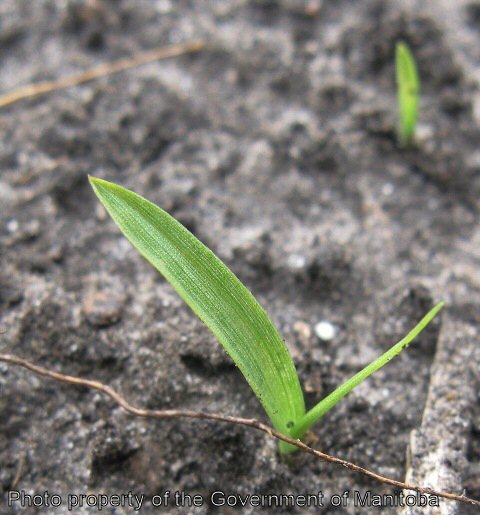 click to enlarge |
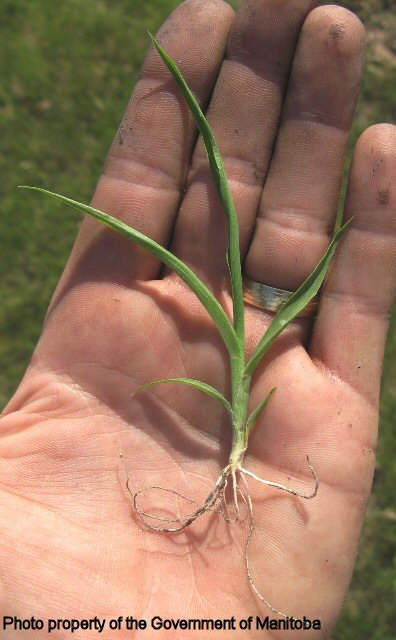 |
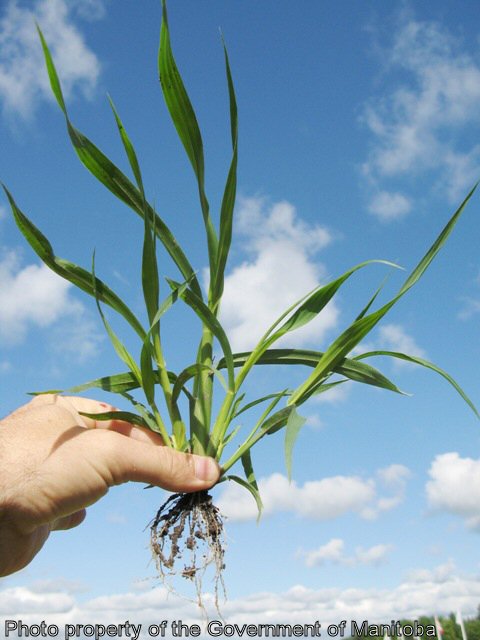 |
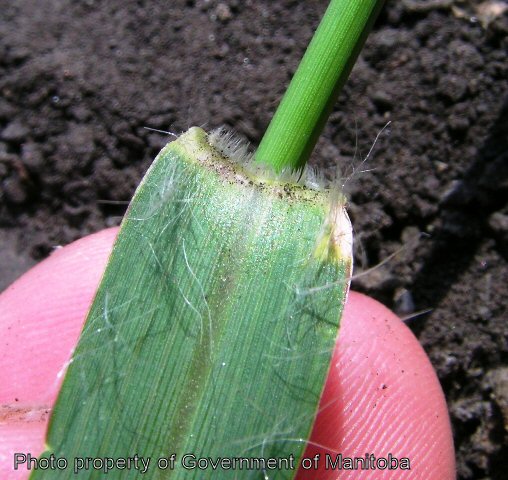 |
 |
 |
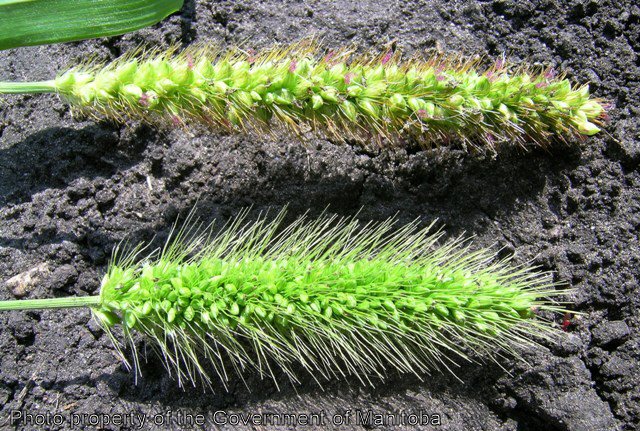 |
Biology
Yellow foxtail is an annual weed, reproducing by seeds. This weed is a C4 plant. The stems are erect and 4.5 cm - 1 m tall. Plants may consist of many tillers causing the base to be highly branched. Leaf blades are smooth, 4-10 mm wide to 30 cm long, with long hairs at the base and margin surface. The leaf sheath is smooth, 8 mm - 3.5 cm long x 1.2 cm wide, compressed, keeled and hairless. The ligule is a fringe of ciliated hairs joined at the base, to 3 mm high. The flowers are dense spike-like panicles with yellow bristles 3-10 cm in length. The seed is a caryopsis, oval, green to yellow to dark brown, coarsely roughened, awnless, 2.5-3.3 mm long, 1.5-2.2 mm wide, and 1.0-1.5 mm thick.
Yellow foxtail grows in row crops, small grain crops and prefers warmer regions.
Scouting Techniques
Take a minimum of 20 weed counts across the field. Check roadsides, gardens, fields, and waste areas for patches of this weed.
Effects On Crop Quality
This weed is a problem in spring seeded alfalfa stands, forage legumes, and grain crops.
Threshold/Yield Loss
This weed causes yield reductions in wheat 16%, oats 11%, soybeans 15%, and corn.
Control Tips
- Groups 1 & 2 herbicide in spring wheat and barley
- close grazing, reduces seed production
